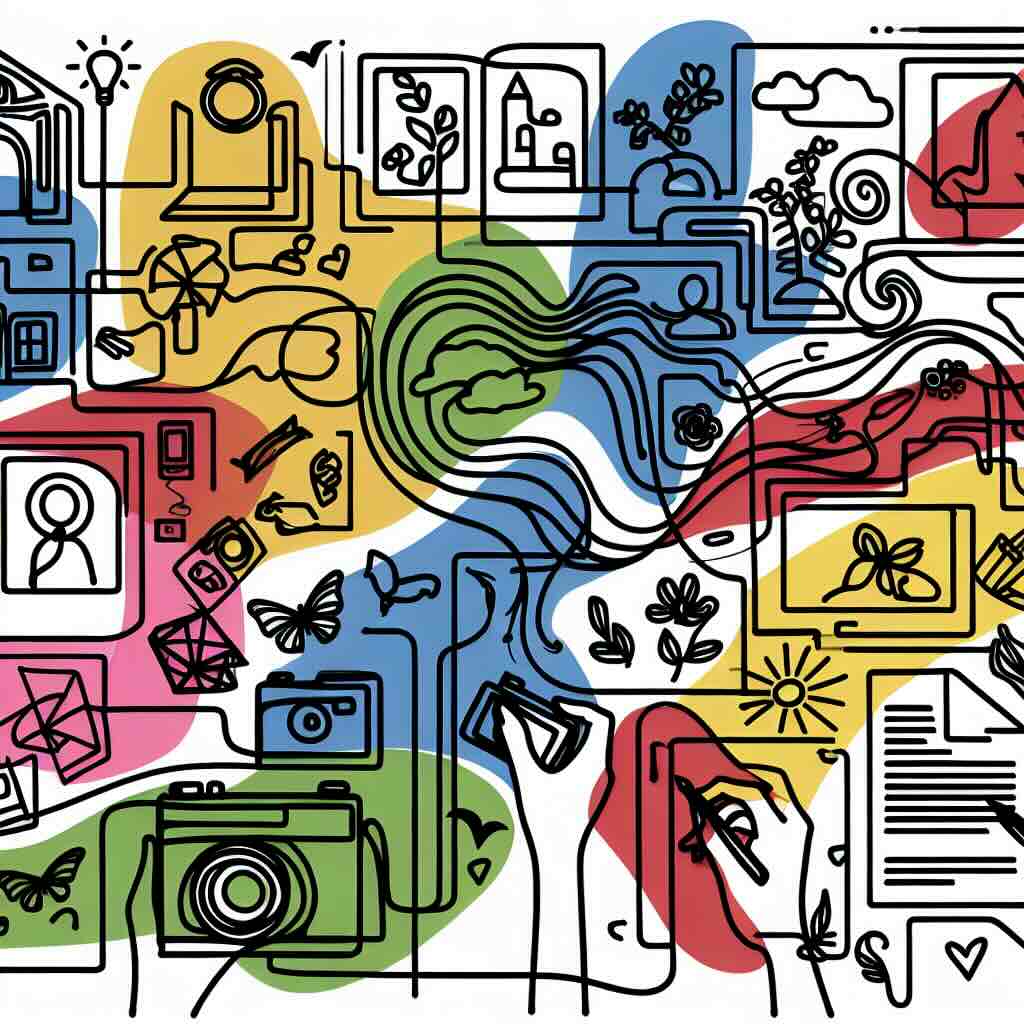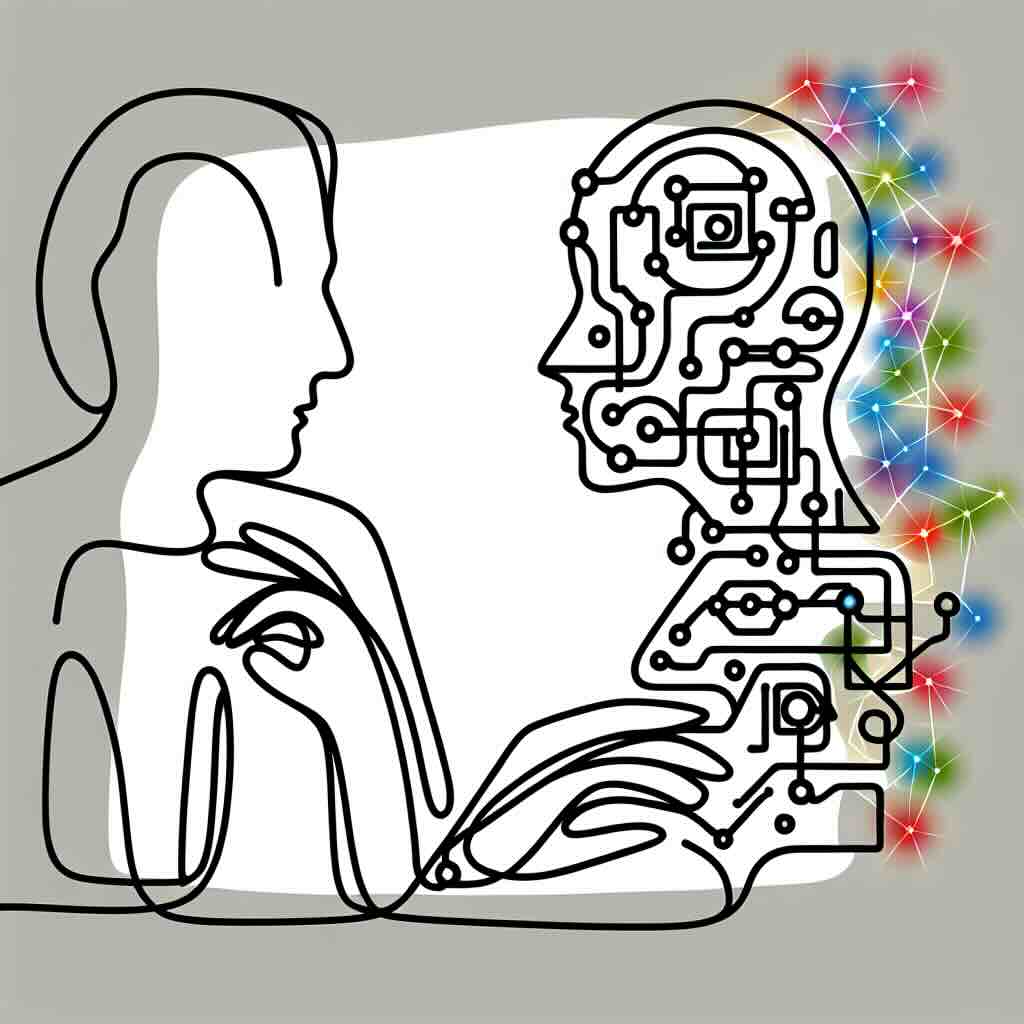
Time is one of the most powerful tools in learning design. Adding even a few extra minutes at the design stage helps balance the learner journey, avoids costly revisions, and ensures every activity adds value. For professional, time-poor learners, clear durations make it easier to plan study and stay engaged. For employers, it demonstrates that training time is being invested wisely. By setting and agreeing durations early, you improve stakeholder confidence, prevent overproduction and protect learner motivation. The result is a more efficient process and a stronger, more impactful learning experience.

The ASSURE model remains a valuable framework for instructional and learning designers. When combined with Coursensu’s structured, visual approach to storyboarding, it provides a clear, collaborative path to better course design. By analysing learners, setting clear objectives, selecting and utilising media effectively, designing for participation and building evaluation into your workflow, you can deliver learner-focused courses that meet outcomes and exceed expectations. Most importantly, treating this as a cycle allows you to improve continuously, get stakeholder input earlier, and avoid waiting for learners to discover issues that could have been addressed at the design stage.

Prompting is a core skill for modern learning designers. The clearer your request, the better the AI will perform. Define your outcome, specify the output format, add detail and context, provide examples and iterate if needed. AI tools work best when we treat them as collaborators. Everyone’s use of AI will vary, and there is no one perfect way to prompt. What matters is that you refine your approach over time, keep learning and focus on making the output genuinely useful for your work and your learners.

Self-led quality control is about taking ownership of learning design standards before issues reach learners. Rather than relying on external reviewers or waiting for feedback from frustrated users, designers can use structured checks to improve clarity, accessibility, flow, engagement and alignment. This blog post outlines why quality matters, how to make it part of your workflow, and what to look for at different stages of course development.

Great online learning doesn’t happen by accident. It’s the result of intentional design; aligning content, outcomes, activities, and experience. But for many educators using Moodle, that design support isn’t always available. You're juggling course editing with content creation, assessment design and learner support, mostly without dedicated learning design support. That’s where the Course Companion comes in. It brings expert support directly into your Moodle course - for educators, SMEs, and teams to improve learning experiences at the exact moment they’re building them.

This blog post explores how AI in education is evolving beyond basic content generation. While AI tools can efficiently produce learning outcomes, personas, and quiz questions, their real value lies in what comes next. We examine the rise of AI learning agents that support educators by reviewing, aligning, and transforming content, even simulating browser actions to streamline digital workflows. The post highlights current limits, risks, and the skills needed to use AI responsibly. As AI capabilities rapidly expand, learning designs teams must adapt to stay effective. We offer practical guidance to help you move from content generation to a collaborative partner.

This post explores 10 ways to streamline your learning design workflow, from early ideation and blueprinting to AI-assisted content transformation, stakeholder alignment, and structured sign-off. It highlights how tools, processes, and mindset shifts can reduce friction, cut wasted time, and boost quality. Even high performing teams have room to improve. By focusing on where time is spent versus value created, you can unlock smarter, faster, and more scalable learning design system for the future.

Setting up an in-house learning design system today requires a clear focus on aligning your team, processes, and tools to the changing landscape of education and training. It starts with defining the purpose of your system, assembling the right people and roles, and selecting a flexible approach that allows for agile, collaborative design. Emphasising technology, AI, and innovative formats like microlearning and stackable credentials, this system should be built with scalability and sustainability in mind. To make a real impact, you must prioritise the learner, personalising their experiences and using feedback loops to continuously improve. Scaling your service means documenting successful patterns, ensuring shared ownership, and keeping space for experimentation and growth. By aligning your system with your organisation’s strategy and staying adaptable to new tools and formats, your team will be well-prepared for the future of learning and development.

AI agents offer a new wave of collaboration in education and workforce development. When deeply integrated into Learning Design Platforms (like Coursensu) and the LMS (like Moodle, Canvas or Brightspace), these agents help educators and designers improve quality and increase efficiency with personalised suggestions and actions. But real progress depends on thoughtful, ethical implementation and a strong human-AI partnership for a future of learning design and course development that deeply collaborative and highly productive.
We help you structure learning activities, align with learning outcomes and collaborate with subject experts to create learning experiences in any format and for any platform.